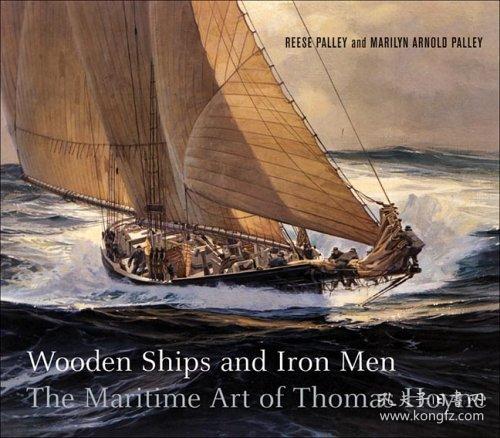Content:
Fishing has always been a cherished pastime for many enthusiasts, offering a tranquil escape from the hustle and bustle of everyday life. One of the most enchanting places to fish is along the riverbank, where the clear waters provide a picturesque backdrop for this timeless activity. In this article, we will delve into the art of fishing in the clear waters along the riverbank, and provide you with essential techniques to help you catch more fish.
Choose the Right Equipment
The first step in mastering the art of fishing in clear waters is to select the appropriate equipment. Here are some essential items you should consider:
a. Rod and reel: Opt for a lightweight, sensitive rod and reel combo that allows you to feel the subtle movements of the fish. A 6 to 8-foot rod with a medium-light action is ideal for most riverbank fishing scenarios.
b. Line: Use a monofilament line with a diameter of 4 to 6 pounds. This line is strong enough to handle most fish, yet thin enough to be less visible in clear water.
c. Lures and baits: For clear water fishing, it's best to use natural-looking lures and baits that mimic the prey of the fish in the river. Soft plastics, spinnerbaits, and fly fishing techniques are popular choices.
Find the Perfect Spot
The key to successful riverbank fishing lies in finding the right spot. Here are some tips to help you locate the perfect fishing spot:
a. Look for areas with structure: Fish tend to congregate around structures such as rocks, logs, and fallen trees, as these provide shelter and cover. Cast your line near these structures to increase your chances of catching fish.
b. Observe the water flow: Fish often hold in areas where the current is slower, such as behind rocks or near the riverbank. Look for these areas and cast your line accordingly.

c. Pay attention to the weather: Fish are more active during overcast or cloudy days, as the sun's rays are less intense. Try to fish during these conditions to improve your chances of catching fish.
Master the Art of Casting
Casting is a crucial skill in riverbank fishing, as it determines how effectively you can present your lure or bait to the fish. Here are some casting techniques to help you improve your casting accuracy:
a. Practice your casting technique: Spend some time practicing your casting in a quiet area before heading to the riverbank. This will help you develop a consistent and accurate casting style.
b. Pay attention to the wind: Wind can significantly affect your casting. If the wind is blowing towards the fish, use a "bow-and-arrow" casting technique to keep your line low and reduce the chances of spooking the fish.
c. Adjust your casting distance: Depending on the distance to the fish, you may need to adjust your casting technique. For longer casts, use a higher trajectory, while for shorter casts, a lower trajectory is more effective.
Perfect Your Bait Presentation
Once you've cast your line, the next step is to present your bait or lure in a way that entices the fish to bite. Here are some tips to help you improve your bait presentation:
a. Use natural movements: Fish are more likely to bite if they perceive your bait as a natural prey. Use subtle, lifelike movements to mimic the behavior of the fish's natural food source.
b. Vary your retrieve speed: Experiment with different retrieve speeds to see which one triggers the most bites. Some fish may prefer a slow, steady retrieve, while others may respond better to a faster, more erratic motion.
c. Be patient: It's important to be patient when fishing in clear waters. Fish may be more cautious and less likely to bite if they feel threatened. Wait for the right moment before setting the hook.
Learn from Your Experience
Lastly, remember that fishing is a skill that takes time to develop. Each fishing trip offers valuable lessons and insights that can help you improve your technique. Analyze your successes and failures, and be open to learning from them. With practice and perseverance, you'll become a master at fishing in the clear waters along the riverbank.
In conclusion, mastering the art of fishing in the clear waters along the riverbank requires a combination of the right equipment, a strategic approach to finding the perfect spot, and refined casting and bait presentation techniques. By following these essential tips, you'll be well on your way to becoming a proficient riverbank fisherman and enjoying the beauty and tranquility of this enchanting pastime. Happy fishing!












